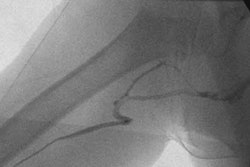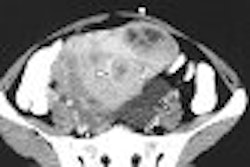Lower reimbursement payments for external-beam and intensity-modulated radiation therapy (IMRT) are likely to compel U.S. physicians to consider brachytherapy treatment options because of its higher reimbursement, according to an analysis from Frost & Sullivan of San Jose, CA.
The Centers for Medicare & Medicaid Services (CMS) have made many modifications to its reimbursement payment structure for implantable brachytherapy seeds, Frost said. In addition, the Medicare Prescription Drug, Improvement and Modernization Act of 2003 has also provided for separate payments for brachytherapy seeds.
Although the changing payment structure has helped stave off a challenge from prostatectomies, alternative technologies such as hormone therapy or gene modification are posing new threats to brachytherapy, according to Frost. However, the company said that the market achieved revenue worth $157.6 million in 2004, and sales are estimated to reach $300.2 million in 2010.
The report, U.S. Brachytherapy Markets, noted that more than 15 years of clinical trial results for brachytherapy have driven its acceptance in prostate cancer treatment. However, limited data is available for usage of brachytherapy in the treatment of head, neck, and other cancers, Frost said.
By AuntMinnie.com staff writers
February 1, 2005
Related Reading
FFDM, screening programs to grow in Europe, January 18, 2005
Healthcare IT regulations to drive European IS market, January 11, 2005
HIPAA, data deluge driving U.S. storage market, December 7, 2004
CAD systems show double-digit growth in Europe, November 23, 2004
CT and MRI taking over x-ray's volume, report says, November 16, 2004
Copyright © 2005 AuntMinnie.com



















